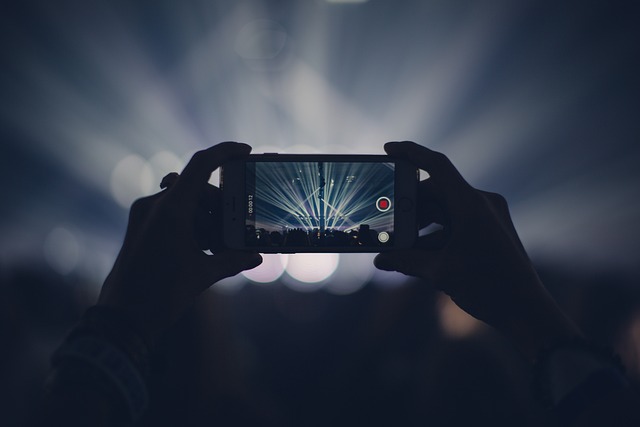Measuring Audience Engagement with Cultural Content
Audience engagement with cultural content combines measurable behaviors and qualitative response. This article outlines practical metrics and methods for creators, curators, and producers to assess how creativity, performance, visuals, and cultural context connect with audiences across live events, streaming platforms, festivals, and social channels, while noting key considerations for distribution, monetization, and rights management.

Audience engagement with cultural content can be understood through both quantitative metrics and qualitative signals. Measuring engagement requires a mix of analytics, direct feedback, and contextual interpretation: counts of views or visits show reach, while comments, dwell time, and revisit rates suggest interest. For cultural producers and promoters, blending data from streaming platforms, ticketing systems, and social listening with on-site observation at festivals or performances helps create a fuller picture of how artworks, productions, and visual experiences resonate across different communities.
How does creativity shape measurable engagement?
Creative choices influence which audiences notice and stay. Metrics such as session duration, click-through rates on promotional materials, and conversion from browsing to ticket purchase provide signals that creativity captures attention. Qualitative methods—surveys, focus groups, and comment analysis—reveal whether an artwork’s narrative or experimental techniques foster deeper engagement. For organizations, tracking A/B tests of creative visuals and promotional copy in email or social campaigns clarifies which creative elements drive interaction without relying solely on vanity metrics.
How is cultural context reflected in engagement data?
Culture affects interpretation: regional preferences, language, and local traditions change how audiences respond. Segmenting analytics by geography, demographics, and referral source helps identify differences in engagement across cultural groups. At festivals and local productions, on-site feedback, attendee origin data, and post-event surveys illuminate how cultural relevance or community partnerships influenced attendance and sentiment. Combining distribution data with contextual notes from curators or programmers supports more nuanced decisions about curation and future production planning.
What metrics capture performance impact?
For live performances and recorded shows, useful metrics include attendance rates, repeat attendance, average watch time, drop-off points, and applause or reaction data collected through sensors or mobile interactions. In streaming contexts, completion rates and retention cohorts help measure how performance structure affects engagement. Linking ticket sales or streaming subscriptions to specific promotion channels enables assessment of which promotional tactics and licensing or distribution partners produced measurable audience response.
How do visuals influence audience attention?
Visuals—design, staging, and video quality—often determine first impressions. Heatmaps on websites, thumbnail click-through rates, and frame-by-frame drop-off analyses for video content indicate how strong visual presentation affects viewer behavior. For physical exhibitions, time-on-exhibit studies and visitor flow mapping show which visuals attract lingering attention. Visuals also interact with copyright and licensing constraints, so tracking permitted usage across platforms is important for both promotion and monetization strategies.
What role does curation play in engagement?
Curation shapes discoverability and perceived value. Effective curation connects works into narratives that increase dwell time and motivate sharing. Metrics here include cross-item click patterns, playlist completion, and the percentage of visitors who explore multiple works in a single session. Curation decisions also affect distribution and licensing choices: curated programs for festivals or streaming catalogs can influence monetization, attract patronage, and be supported through crowdfunding for special productions.
How do streaming and distribution affect reach and revenue?
Streaming and distribution channels determine accessibility and scale. Platform analytics give clear measures of views, geographic reach, and device breakdowns, while distribution partners can report licensing income and downstream placements. Monetization pathways—ads, subscriptions, pay-per-view, or patronage—leave different engagement footprints; for example, subscribers may show higher retention, whereas pay-per-view spikes around specific promotion. Understanding these differences helps plan promotion strategies and production budgets while respecting copyright and licensing obligations.
Conclusion Measuring audience engagement with cultural content requires combining hard metrics from streaming, ticketing, and web analytics with softer qualitative signals from surveys, community feedback, and observational studies at festivals and performances. Attention to creativity, visuals, curation, and cultural context improves interpretation of data, while thoughtful distribution, licensing, and monetization strategies align engagement insights with sustainable production and promotion outcomes.





